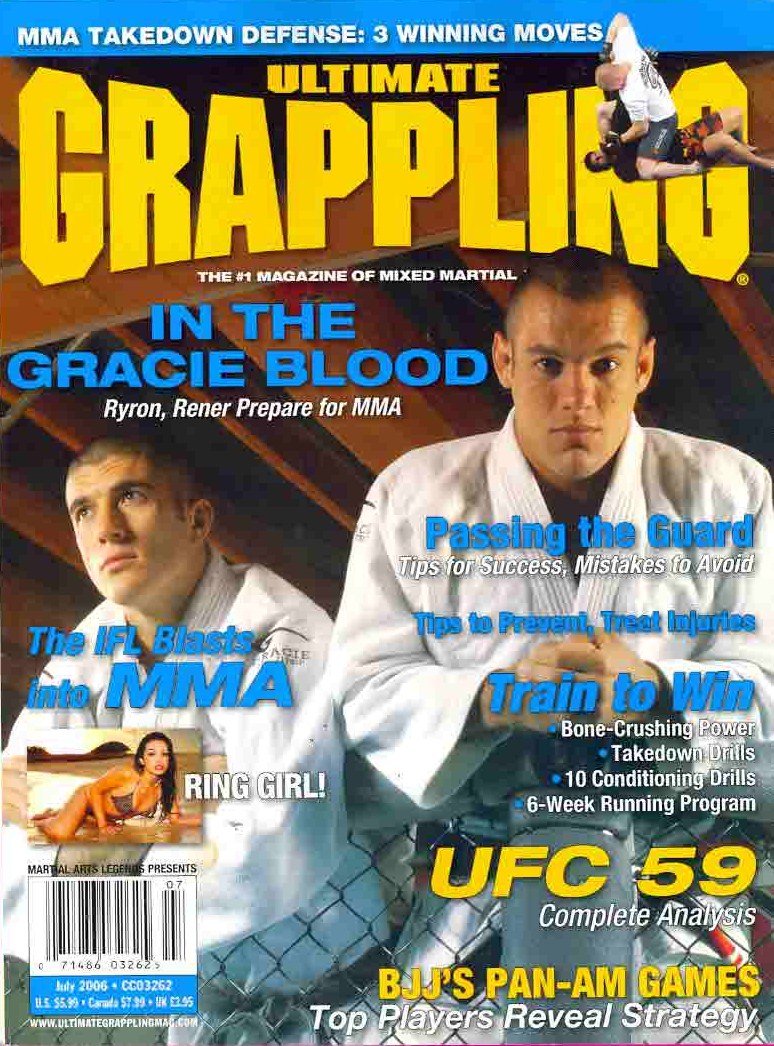This is inspired by the current poll at the Fightworks Podcast: "
What Percentage of Sport Jiu-Jitsu Techniques Are Street or Self Defense Applicable?"
BJJ is a great fighting art. That's all the early UFCs proved.
What did challenge matches and the early UFCs prove? All over the BJJ / Grappling media you will see claims that the early UFCs and the Gracie Challenge matches proved that Brazilian / Gracie Jiu Jitsu is the most effective martial art for self-defence. But what does that exactly mean and to what extent does that even matter?
Patrick McCarthy is a karate instructor who opened my eyes years ago to the simplicity of combat thru his books, articles and interviews. He explained early on that Karate and several other martial arts, were initially devised for specific purposes and had drills that addressed specific, commonly reoccurring acts of violence.
There was indeed a time when attacks on our person consisted on hair-grabs, strikes, chokes and takedowns (not to mention dirty tactics such as biting and eye gouging). Some say that was last century, some say that was the 1950’s and 1960’s. I prefer to call it the 6th grade.
Seriously, how often do adults attack each other with punches, chokes, kicks or throws in a one-to-one environment? Without any (visible or concealed) weapons? Don’t just give me a (at best, educated) guess. Ask a police-statistician. Consult some government statistics online. Very very few!
The way I see it (and I may be wrong here) the only cases of person-on-person violence that doesn’t involve weapons are:
1. Rape attacks
2. Child bullying
3. Domestic violence
For those, Brazilian (Gracie) Jiu Jitsu (physically, mentally, spiritually) is beyond good. It’s great. It’s fantastic. It’s amazing.
The picture that the above-mentioned statistics paints is very different from what you see in the UFC (irrespective of old or new) or your average Jiu Jitsu session. Real violence involves weapons, gangs and mob mentality, premeditation, surprise element and in some cases even range and distance. It would be unfair (or even crazy) to pretend that BJJ / Grappling equips us for that.
I read somewhere a quote by Helio Gracie along the lines:
“If a big guy fights a small guy to a draw, the small guy wins!”
If you survive, you win.
----Did You Like This Article?---
Click here to add The Part Time Grappler to your Favourites / Bookmarks ---------------------------------































